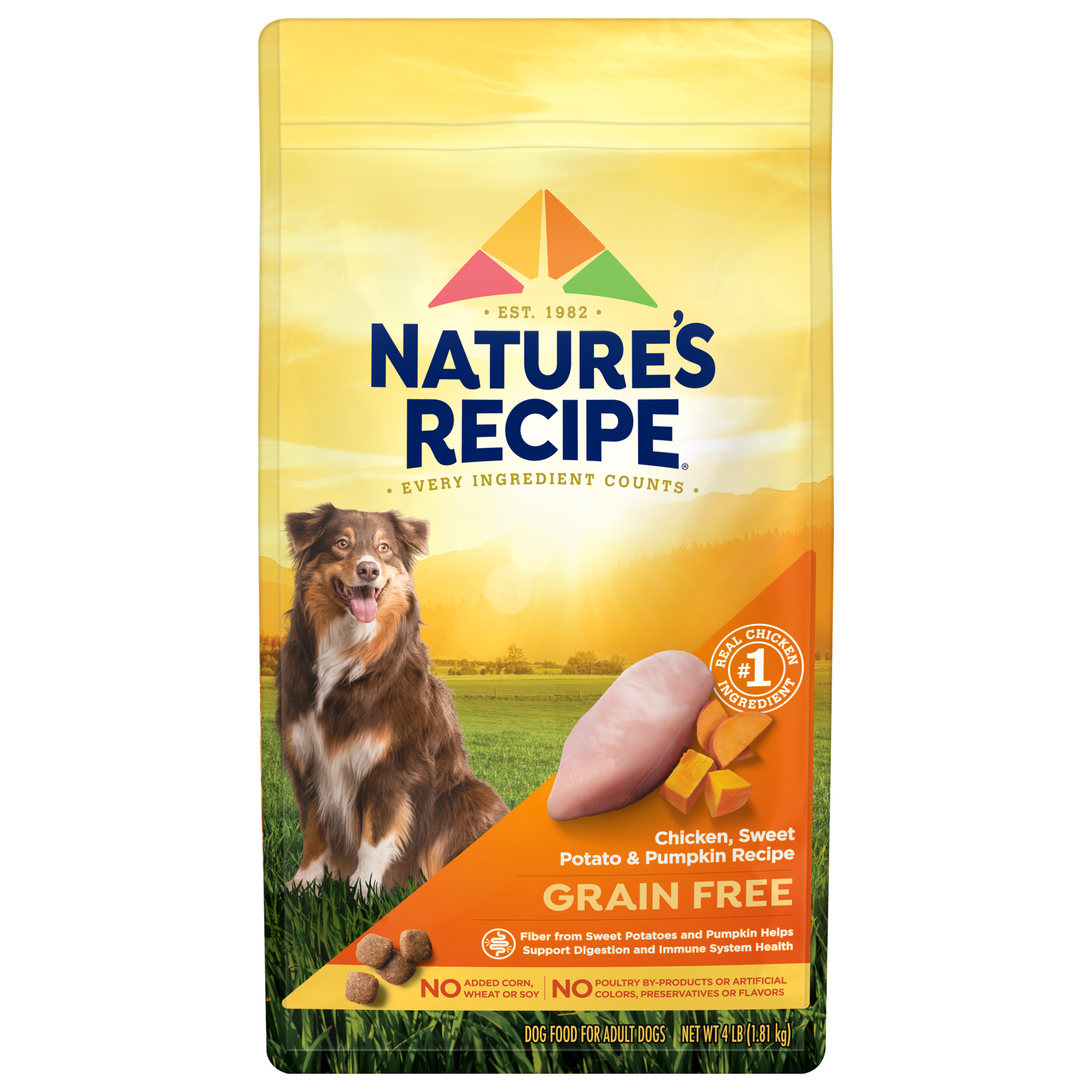Featured Product
YOU MIGHT ALSO LIKE
![Summertime Safety for Your Dog]()
![Why Does My Dog Do That: Top 5 Dog Quirks Explained]()
![10 Signs Your Dog is Happy]()
![Waggy New Year: 4 New Year’s Resolutions for You and Your Dog]()
![Do Dogs Need Sunscreen?]() SEE ALL ARTICLES >
SEE ALL ARTICLES >

Wellness
Summertime Safety for Your Dog

Wellness
Why Does My Dog Do That: Top 5 Dog Quirks Explained

Bonding
10 Signs Your Dog is Happy

Bonding
Waggy New Year: 4 New Year’s Resolutions for You and Your Dog

Wellness
Do Dogs Need Sunscreen?
GET THE SCOOP
Sign up for our exclusive mailing list and be the first to know about coupons, promos, and more.
JOIN NOW

